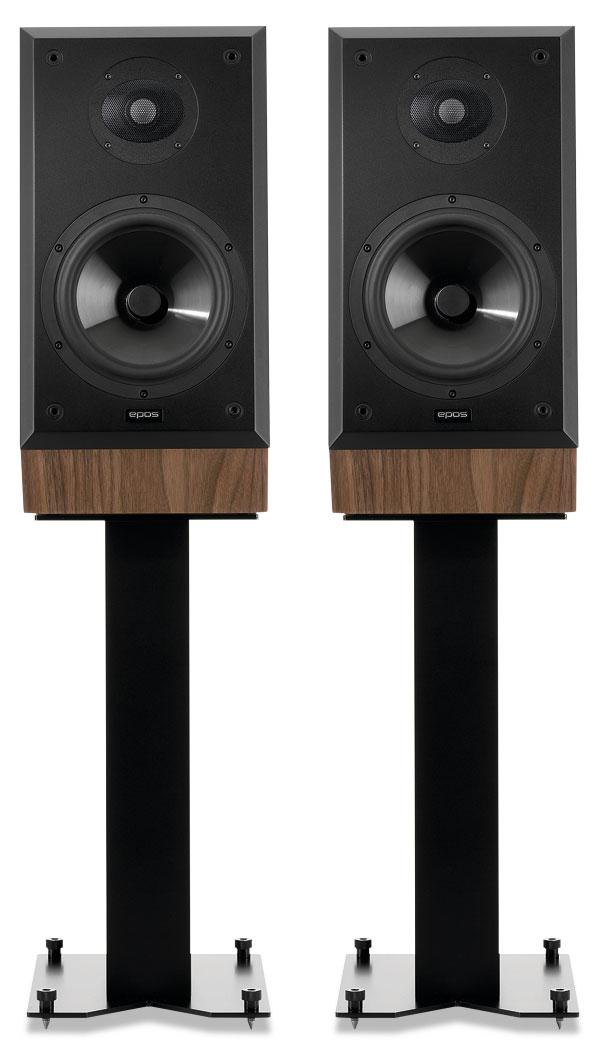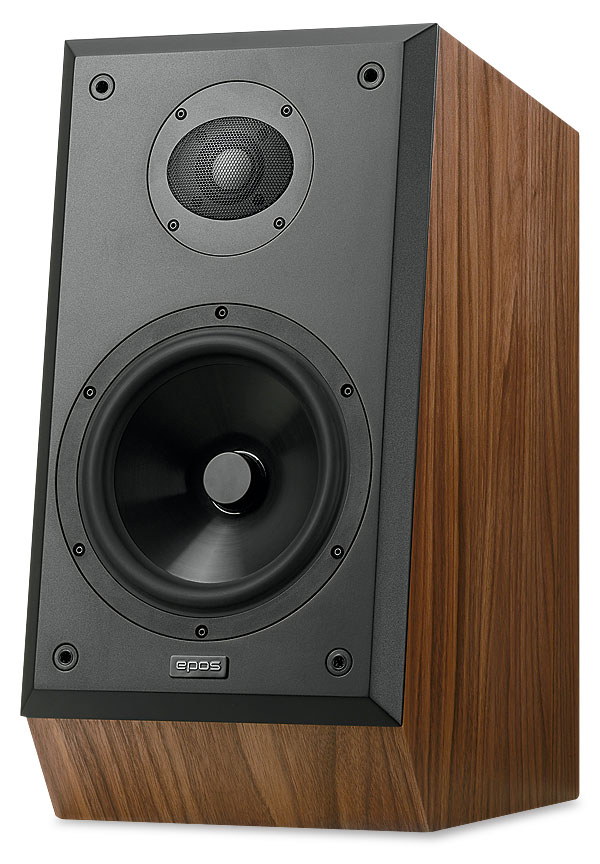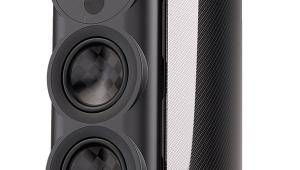Epos ES14N Loudspeaker

 A mid-'80s audiophile favourite from UK brand Epos is reimagined by the go-to-speaker designer, Karl-Heinz Fink
A mid-'80s audiophile favourite from UK brand Epos is reimagined by the go-to-speaker designer, Karl-Heinz Fink
Revivalist products are in the ascendant, but they range from the dubious, cashing in on nostalgia, to more respectful attempts aiming to recreate something remarkable from yesteryear. Rest assured – the ES14N is firmly positioned in the second category. In fact, it goes one step further by claiming to be both truthful to the design ethos of the original '80s speaker icon, while also improving on it.
Of course, bold claims are hi-fi's bread and butter. But in this case, it's being asserted by Karl-Heinz Fink, who is not only the latest owner of the Epos brand, but also one of the most respected loudspeaker designers around. He's prolific too, as the Essen-based engineer has had a hand in many successful designs from brands including Boston Acoustics, Mission, Castle, Q Acoustics and Tannoy. Fink's own-brand Borg and KIM [HFN Feb '21] loudspeakers have also been very well received.
Old School, New Looks
If you grew up with the original Epos ES-14 speaker, you might not recognise it from the reimagined version. It remains a relatively substantial standmount as the internal volume is largely determined by the bass/mid driver size and desired bandwidth. Otherwise, the ES14N looks less conventional, with its heavily chamfered baffle – Fink claims that this reduces treble diffraction more effectively than simply rounding the edges. The black baffle slopes backwards to align the centres of its 178mm bass/mid driver and 28mm alloy dome tweeter on top, the latter devoid of any (increasingly popular) dispersion-controlling 'waveguide'.

The faceted shape of the speaker is quite remarkable, especially in the lighter colour versions where the black baffle contrasts with the lower portion of the cabinet and sides. Epos provides three colourways: black, a semi-matt white and a gorgeous walnut version. For marketing purposes a few units were built with a delicious petrol-blue finish. Apparently so many customers have requested this edition that a limited run of the colourway will also be offered.
Smart Finking
As the (vertical) off-axis response of the ES14N is rather less even than the direct output from the tweeter, audiophiles should avoid forming an opinion of these speakers while standing around in a shop or at a hi-fi show. The ES14Ns should be facing your listening position as proscribed by the manufacturer, with the baffle angling up towards your ears. Epos supplies a set of 55cm stands for this purpose – these are lower than regular stands but are solidly built with a composite wood column and damped steel top and bottom plates.
Get rid of the speaker grilles while you're at it too, as these impact sound quality significantly. And removing them is rewarding on other fronts, as the exposed baffle with its broad chamfers in the sides looks really appealing. Of course, there's nothing done here purely for show – Fink's expertise shows itself in the many fine details that inform the acoustic design.
Indeed, the chamfers are a big hint that the 'new' Epos hasn't just slapped a badge on any old speaker. Significant effort has gone into reworking the ES-14 blueprint using CAD and modelling tools that would have been the stuff of science fiction in the 1980s. At the speaker's press launch, Karl-Heinz Fink stated that 40 years of added knowledge have come into play too – loudspeaker design and research has evolved significantly since the appearance of Epos's original model.
The German engineer is focused on reducing cabinet resonances, and as with many of his other designs the ES14N features a very solid, inert construction using a double MDF layer bonded with a 'lossy' glue. Internally there's a single chamber, with no damping material, and a reflex port exiting the rear. From the outside the port aperture is clearly flared but otherwise looks perfectly 'standard'. On the inside, however, the variable diameter of the tube, and peripheral band of foam-filled holes, are all testament to Fink seeking to optimise the bass reinforcement while banishing unwanted resonances and turbulent airflow.

















































